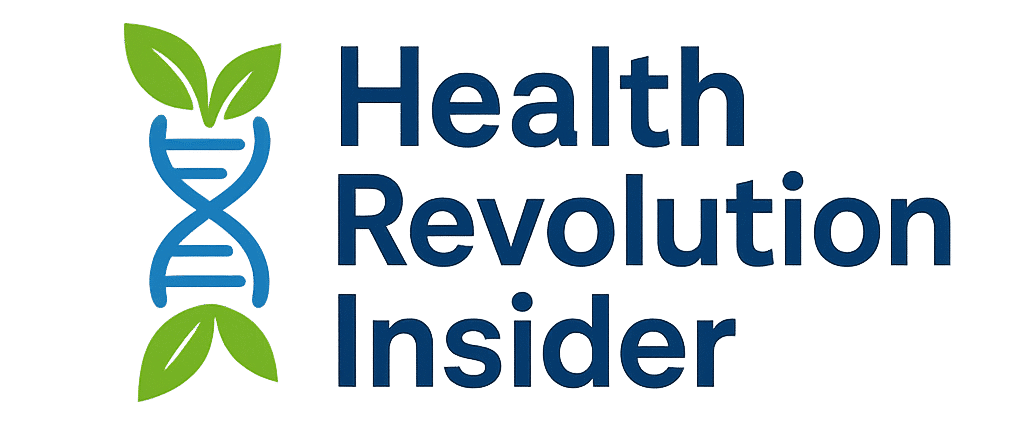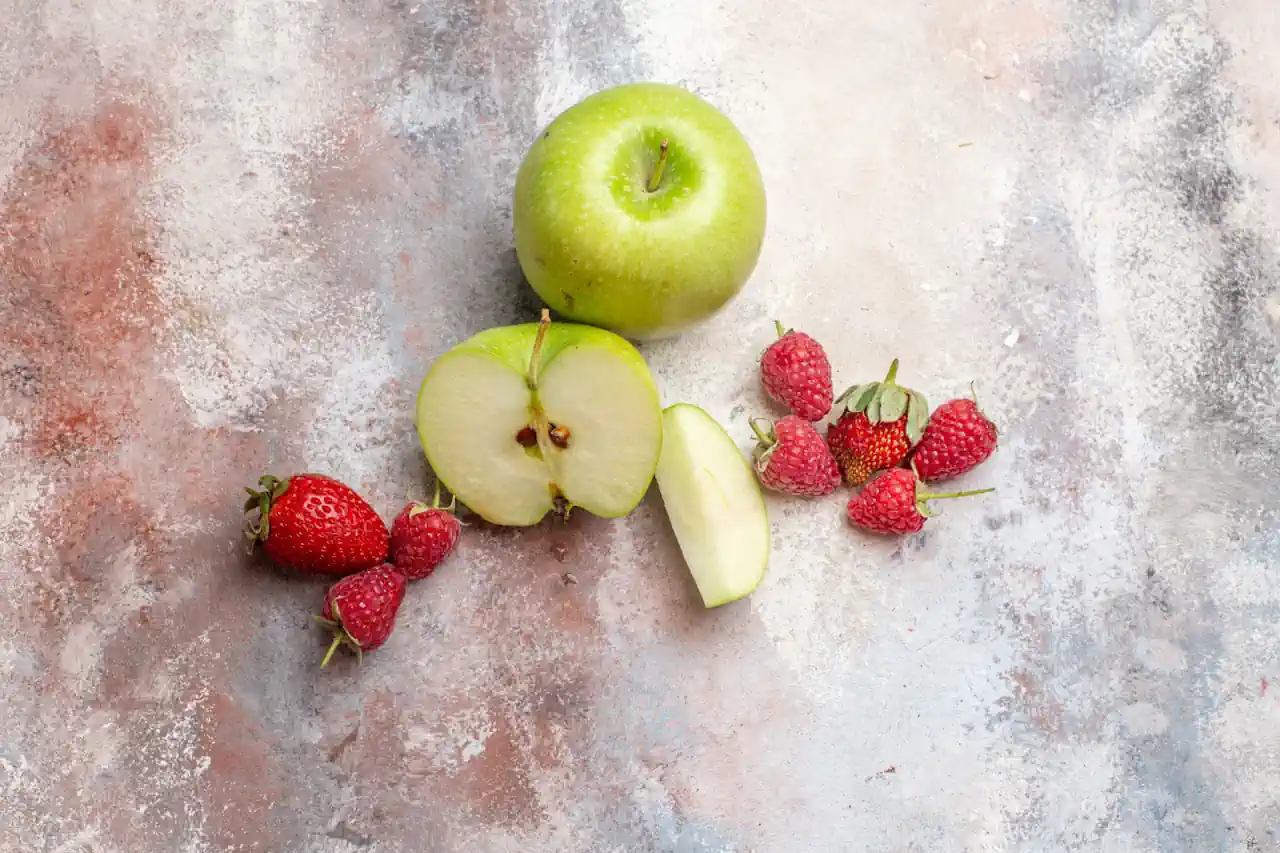Fiber is often an overlooked component of our diets, yet it plays a crucial role in maintaining our overall health. Incorporating high fiber foods into your daily meals can have a profound impact on your digestion and overall well-being. In this article, we will delve into the benefits of a high-fiber diet, explore some excellent sources of dietary fiber, and provide tips on how to increase your fiber intake.
The Benefits of a High-Fiber Diet
1. Improved Digestion:
- Prevention of Constipation: Fiber adds bulk and water to your stool, making it easier to pass through the digestive tract. This prevents constipation, a common digestive problem characterized by infrequent or difficult bowel movements.
- Regular Bowel Movements: High-fiber foods promote regularity by stimulating the muscles in your digestive tract, which helps move food and waste through your system efficiently.
- Reduction of Digestive Disorders: A high-fiber diet can lower the risk of developing various digestive disorders, such as diverticulitis, hemorrhoids, and irritable bowel syndrome (IBS).
2. Weight Management:
- Satiety: Fiber-rich foods take longer to chew and digest, promoting a feeling of fullness. This can help you control your appetite and reduce overall calorie intake, which is crucial for weight management.
- Calorie Reduction: Many high-fiber foods are low in calories, allowing you to eat larger portions without consuming excess calories. This can be especially helpful when trying to maintain or lose weight.
3. Heart Health:
- Cholesterol Reduction: Soluble fiber, found in foods like oats, beans, and fruits, can bind to cholesterol molecules in the digestive tract, helping to lower LDL (bad) cholesterol levels. Lower LDL cholesterol is associated with a reduced risk of heart disease.
- Blood Pressure Regulation: Insoluble fiber, present in whole grains, may help reduce the risk of hypertension (high blood pressure), a significant risk factor for heart disease.
- Inflammation Reduction: High-fiber diets have been linked to lower levels of systemic inflammation, which is associated with a lower risk of heart disease and other chronic conditions.
4. Blood Sugar Control:
- Slower Sugar Absorption: Fiber slows down the absorption of sugar in the bloodstream after meals. This helps prevent rapid spikes in blood sugar levels, making it beneficial for individuals with diabetes or those at risk of developing the condition.
- Improved Insulin Sensitivity: A high-fiber diet can enhance insulin sensitivity, making it easier for cells to take up glucose from the bloodstream, which is essential for blood sugar regulation.
5. Gut Health:
- Microbiome Support: The gut microbiome is a complex community of microorganisms in your digestive tract. Fiber acts as a prebiotic, providing nourishment for beneficial gut bacteria. A diverse and healthy gut microbiome can enhance immune function and reduce the risk of gastrointestinal issues.
- Reduced Inflammation: A balanced gut microbiome can help regulate inflammation in the body, which is linked to a wide range of health conditions, from autoimmune diseases to mental health.
Incorporating a variety of high-fiber foods into your diet can yield these numerous health benefits. It’s important to note that different types of fiber, such as soluble and insoluble fiber, contribute to these advantages in various ways. Therefore, a well-rounded high-fiber diet that includes a mix of fruits, vegetables, whole grains, legumes, nuts, and seeds is key to reaping the full spectrum of benefits for your digestion and overall health.
Excellent Sources of Dietary Fiber
1. Fruits and Vegetables:
- Berries: Berries like raspberries, blackberries, strawberries, and blueberries are rich in dietary fiber. They also provide essential vitamins, antioxidants, and phytochemicals that contribute to overall health.
- Apples: Apples, especially when consumed with the skin, are a great source of both soluble and insoluble fiber. They are also packed with vitamins and minerals.
- Pears: Pears are another fruit high in fiber, and they also contain vitamins C and K, as well as potassium.
- Broccoli: This cruciferous vegetable is not only fiber-rich but also an excellent source of vitamins K and C, folate, and various phytonutrients.
- Carrots: Carrots provide a good amount of dietary fiber along with beta-carotene, which is beneficial for eye health.
- Leafy Greens: Vegetables like spinach, kale, and Swiss chard are low in calories but high in fiber and essential nutrients.
2. Whole Grains:
- Oats: Oats are a fantastic source of soluble fiber, which helps lower cholesterol levels. They are also a good source of complex carbohydrates and protein.
- Brown Rice: Unlike white rice, brown rice retains its bran layer, which is rich in fiber. It’s also a source of various minerals, including magnesium and manganese.
- Quinoa: Quinoa is a complete protein source and a good source of both soluble and insoluble fiber. It’s also gluten-free.
- Whole Wheat Products: Opt for whole wheat bread, pasta, and cereal over refined grains to increase your fiber intake.
3. Legumes:
- Beans: Varieties like black beans, kidney beans, and chickpeas are packed with fiber, protein, and essential minerals like iron and potassium.
- Lentils: Lentils are not only high in fiber but also provide a significant amount of plant-based protein.
- Peas: Green peas are a good source of fiber and contain vitamins A, C, and K, as well as folate.
4. Nuts and Seeds:
- Almonds: Almonds are a nutritious snack that offers fiber, healthy fats, vitamin E, and magnesium.
- Chia Seeds: Chia seeds are rich in soluble fiber and are known for their ability to absorb liquid and form a gel-like substance, which can aid in digestion.
- Flaxseeds: Flaxseeds are high in fiber and a good source of omega-3 fatty acids, which are beneficial for heart health.
- Walnuts: Walnuts provide both fiber and healthy fats, making them a heart-healthy choice.
5. Fiber Supplements:
- Psyllium Husk: Psyllium is a plant-based source of soluble fiber often used as a dietary supplement. It can help regulate bowel movements and improve cholesterol levels.
- Wheat Bran: Wheat bran is a byproduct of milling wheat, and it’s high in insoluble fiber. It’s sometimes used as a supplement or added to baked goods to increase their fiber content.
Remember that it’s best to obtain your dietary fiber from whole foods whenever possible, as they also provide essential vitamins, minerals, and phytonutrients that contribute to overall health. A diverse diet that includes a wide variety of these fiber-rich foods will help you maximize the health benefits of dietary fiber while enjoying a flavorful and nutritious menu.
Tips for Increasing Your Fiber Intake
1. Start Slowly:
- If you’re not used to a high-fiber diet, introduce fiber-rich foods gradually. Sudden increases in fiber intake can lead to gastrointestinal discomfort like gas and bloating. Begin by adding one or two high-fiber foods to your meals and snacks each day.
2. Read Labels:
- When shopping for groceries, check the nutrition labels on packaged foods. Look for products with higher fiber content. Foods with at least 3 grams of fiber per serving are considered a good source of fiber.
3. Choose Whole Grains:
- Opt for whole grains over refined grains. Examples include whole wheat bread, whole grain pasta, brown rice, quinoa, and oats. Whole grains contain more fiber and nutrients than their refined counterparts.
4. Eat More Fruits and Vegetables:
- Incorporate a variety of fruits and vegetables into your meals and snacks. Consider fresh, frozen, or canned (without added sugars or salt) options. Try to fill half your plate with vegetables and fruits.
5. Snack on Fiber-Rich Foods:
- Snacking on high-fiber foods can help you reach your daily fiber goals. Consider options like carrot sticks, celery, apple slices with peanut butter, or a handful of almonds.
6. Legumes are Your Friend:
- Beans, lentils, and chickpeas are excellent sources of fiber and can be added to soups, salads, or used as a meat substitute in various dishes like chili or tacos.
7. Go Nuts and Seeds:
- Add nuts and seeds like almonds, chia seeds, and flaxseeds to your yogurt, oatmeal, or smoothies. They not only provide fiber but also healthy fats and protein.
8. Choose High-Fiber Cereals:
- Look for cereals with at least 5 grams of fiber per serving. Be cautious of cereals that may contain added sugars. Opt for those with minimal or no added sugars.
9. Embrace Fiber-Rich Snacks:
- Snack on popcorn (without excessive butter or salt), whole-grain crackers, or rice cakes with hummus or a bean dip.
10. Experiment with Whole Foods:
- Try to incorporate whole, unprocessed foods into your diet as much as possible. These foods naturally contain more fiber. For example, a whole apple is better than apple juice, which lacks the fiber content of the whole fruit.
11. Stay Hydrated:
- As you increase your fiber intake, drink plenty of water. Fiber absorbs water in your digestive tract, so staying hydrated can help prevent constipation.
12. Cooking Methods Matter:
- When preparing vegetables, consider steaming or eating them raw to retain more fiber. Boiling vegetables can cause some of the fiber to leach into the cooking water.
13. Keep a Food Diary:
- Monitoring your food intake in a diary can help you track your fiber consumption. It can also highlight areas where you may need to make adjustments to increase your fiber intake.
14. Gradually Increase Fiber Supplements:
- If you struggle to get enough fiber from your diet alone, consult with a healthcare provider or registered dietitian about fiber supplements like psyllium husk. Start with small doses and gradually increase to avoid digestive discomfort.
Remember that everyone’s fiber needs are different, so it’s important to listen to your body and make changes at a pace that works for you. A balanced diet that includes a variety of high-fiber foods can provide numerous health benefits and contribute to better digestion and overall well-being.
A diet rich in high fiber foods offers a multitude of health benefits, from improved digestion to better heart health and blood sugar control. By making simple changes to your eating habits and incorporating more fruits, vegetables, whole grains, legumes, and nuts into your diet, you can enjoy these advantages and work toward a healthier, happier you.
For more information on fiber and its impact on health, consult with a registered dietitian or healthcare provider.
References:
- Mayo Clinic. (2021). Dietary fiber: Essential for a healthy diet. Link
- Harvard T.H. Chan School of Public Health. (2021). Fiber. Link

